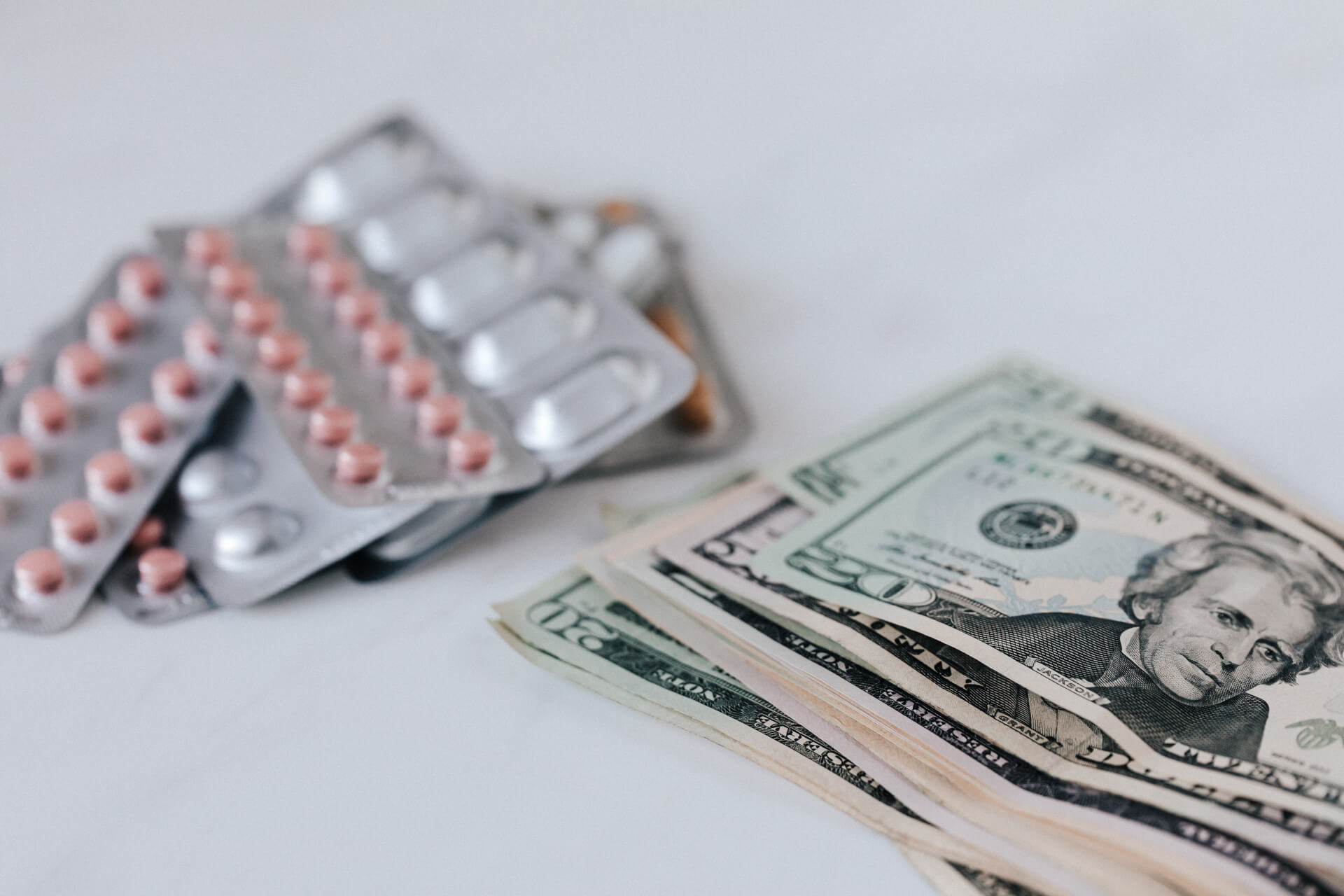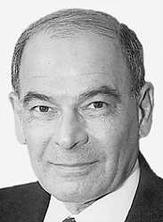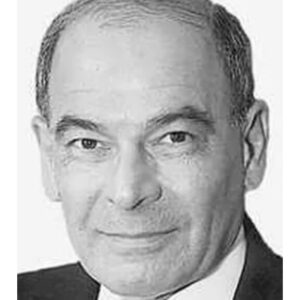
There’s a quick and easy cure for the opioid curse. Turn off the television sets. Better yet, outlaw all pharmaceutical advertising the way that government banned cigarette ads.
But that seems a long way from happening in the best Congress that money can buy. In one year alone, the pill industry spent $880 million to fight laws to limit the availability of opioids OxyContin, Vicodin and fentanyl.
Last year, the industry dropped $281 million on lobbying, with Pfizer alone spending $11.4 million, according to reports. And in 2016, big pharma gave nearly $10 million to presidential candidates. In one year, Pfizer also showed profits of $51 billion, in part by helping to beat back efforts to cap drug prices.
If that’s not enough capital to block or delay curbs on pill-pushing, consider this: Last year, big pharma spent about $5.2 billion promoting its products, about $3 billion on marketing to consumers and $2.4 billion to influence physicians and health care professionals, the people who write the prescriptions for medications. A quarter of the $5.2 billion was spent bombarding television audiences with commercials for only five drugs – Humira, Lyrica, Eliquis, Cialis and Zeljanz.
Pharma spent $1.19 billion in the first nine months of 2018 to advertise the industry’s top 10 brands, up 11 percent over the previous year.
Pfizer had been thriving on its priapic product, Viagra, until its patents ran out and generic alternatives began to appear and hurt its sales. Viagra, alone, produced $640 million of Pfizer’s $53.6 billion in revenues in 2018.
And now Purdue is the klieg-light name among the big pharmacrats. Purdue spent $1.1 million on lobbying last year, a pittance compared to its family-corporate woes.
Purdue is the subject of 44 lawsuits, probably with more to come, in which the company is accused of fueling the opioid crisis. In 2007, for example, it paid the largest fine ever for mislabeling OxyContin, and recently it paid a $270 million settlement to avoid going to court in Oklahoma.
Among the lawsuits is one freshly filed by Maryland Attorney General Brian E. Frosh (D), and four other states, that charges Purdue and its family-owners of deceptive and unfair practices that encouraged addiction among Marylanders who died of opioid overdoses. In shorthand, Frosh’s lawsuit charges Purdue with violating Maryland’s consumer protection laws.

Frank A. DeFilippo
As a sidebar, the Sackler family, like many captains of industry, have been generous philanthropists as a way to buff up their image. Now, the venerable Metropolitan Museum of Art, among several other cultural institutions, says it will no longer accept contributions from the Sacklers because of their involvement in the spread of opioids, according to reports.
Television tells us there’s a pill for every ailment, as close to the nearest pharmacy or medicine chest, drugs for all reasons and every season – decongestants for spring, balms and blocks for summer, body-clock adjustments for fall, analgesics for winter, drugs to ease mood swings, and an all-season blue pill to arouse that vagrant gland – and opioids for the worst afflictions, including a non-prescription year-around feel-good high.
Maybe the legal availability of pot is the antidote to prescription drug abuse. There’s no recorded case of marijuana overdose (though smoking is hazardous to your health and a social taboo).
America’s on a pill binge. Doctors write nearly 5 billion prescriptions a year, according to available statistics. Over the last 10 years, the percentage of Americans taking one prescription drug rose from 44 to 48 percent. Those taking two or more increased from 25 to 31 percent, and those taking five or more jumped from 6 to 11 percent.
And within those figures, there are about 100,000 Americans who die each year from prescription drugs. An estimated 91 people die every day from opioid overdoses. From 2000 to 2015, more than 500,000 people died from drug overdoses. More than 47,000 died just last year.
Those may be among the reasons that every pharmaceutical ad ends with a disclaimer that is longer than the first act of “Death of a Salesman.”
President Trump, at first rejecting and later hesitating, finally declared that opioid abuse is a national emergency. He’s done or said little since, except to say recently that every drug commercial must include the price, which has to do with cost and not addiction.
Gov. Larry Hogan (R) has been out front on the issue and among the first governors to address the opioid epidemic. Hogan has appropriated millions to combat the crisis, and he has joined with Virginia and the District of Columbia to crack down on its spread. Maryland is among eight states to declare opioid abuse a public health crisis.
Many of those deaths are from fentanyl, the powerful synthetic opioid favored on the streets along with heroin and carfentanil. The epidemic is not confined to urban areas but is equally as deadly in rural counties of Maryland and other states.
As my colleagues Danielle Gaines and Bruce DePuyt have reported, deaths in Maryland from opioid overdose have been consistently higher than the national average, especially in Baltimore City. In Maryland, there were 2,110 deaths from opioid overdose last year.
But a new report showed the epidemic spreading to Garrett and Allegany counties, where the number of opioid prescriptions written by doctors is soaring. Gaines and DePuyt’s reporting is based on numbers from the Center for Disease Control and Prevention and Frosh’s lawsuit.
In the vocabulary of the streets, opioids, or synthetic morphine, have a colorful nomenclature – God’s Drug, MS, Morph, Morpho, First Line, Email, Mr. Blue, TNT and Goodfella, to name a few. In some cases, they are code words for substitutes such as Roxanal and Demerol when the real thing is not available. The overdose antidote, Naloxone, is costly and in short supply in many areas, though in others police are equipped with reversal kits. In Baltimore, there are intervention teams on call.
Opioids, by their various forms and names, produce a powerful surge of euphoria. Opioids’ initial forms were codeine, heroin, morphine and poppy seeds, whose man supply was (and still is) Afghanistan and a mainstay of the 18-year war there. (Part of America’s presence there has been to defoliate Afghanistan’s poppy fields, the main source of heroin, which the Taliban tries to control to finance their takeover of the country.
But the widely available culprit today is fentanyl, a synthetic derivative which is pouring into America via its main suppliers and producers, China and Mexico.
The opioid epidemic mimics a projection of Aldous Huxley’s satirical take on chemically induced happiness, “Brave New World,” in which the characters mope along in a stupefied buzz on the hangoverless pleasure drug, Soma. Opioids are supposed to drive off anxieties, but they’ll still be at the doorstep when the artifice wears off and if the user lives to talk about it.
Television’s pharmaceutical commercials don’t so much promote drugs as they glamorize them as did the earlier moves and TV sitcoms with the use of alcohol and cigarettes. The drug ads create a culture of emulation and dependence, not for any single drug but for all drugs. Take a pill and be happy. Take a pill and have clear skin so you’ll make out. Take a pill and get lucky. Take a pill and live forever.
Recall the Viagra commercials featuring the alluring babes in their clingy silks waiting for the guy’s little blue pill to kick in. And in the latest iteration of selling pleasure, perfectly smooth skin, produced by a pill, is the most assured way to score. Humphrey Bogart never looked more manly than with a smoldering cigarette dangling from his lips and a brandy snifter resting half-mast in his cupped hand.
Ask any doctor the biggest problem with prescribing medicine and almost surely the answer will be: (1) The patient demands Brand X because of having seen it on television; or (2) A patient will demand Brand X because Aunt Mary takes it and it works for her.
Or, reverse the equation and the chances may be that the doctor earned a bonus free week in the Bahamas, courtesy of big pharma, for pushing certain drugs, or even prescribing triple the dose that’s needed, goosing sales and profits. And all the while the excessive pills will rest in the family medicine cabinet, extending their narcotic reach to the kids in the house.
And therein lies the heart of the opioid epidemic. Most kids – and kids are mainly the victims in this plague – who zonk out on opioids of one description or another, get the potential poison pill either from a home medicine cabinet or a peer who sneaked it the same way.
In many cases, they’re aware that it’s a prescription drug, written for a parent or another relative, but they have no idea what it is or what it’s for. Opioids are usually prescribed for patients with severe pain, usually from surgery, and those with advanced-stage cancer.
Smoking has declined steadily in America through a combination of government bans, high user taxes and intense education on its lethal effects. Only 15 percent of adults nationwide still smoke, and the teen smoking rate is down to 6 percent. Smoking is now circumscribed by economic class and education level. The new threat, however, is vaping and the heavy promotion of a product called Juul.
The same could be done with opioids. Government can act to control drug advertising, if not completely then partially, by eliminating the promotion content and running only the endless and scary disclaimers.
Hearing the life-threatening side effects alone for any length of time ought to cause any rational person to toss their lunch and swear off drugs forever.




 Creative Commons Attribution
Creative Commons Attribution